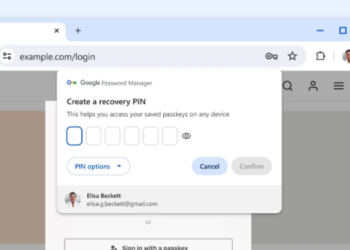Under the program, a considerable proportion of a seller’s earnings are held in a “payment reserve” for periods ranging from two weeks to 45 days.
One seller, referred to as D., a carpenter with years of experience on Etsy, recently sold a custom piece of furniture for $150. While this would usually be routine business, the sale led to significant frustration due to the platform’s reserve payment system. Etsy put a hold on 75% of the sale’s earnings, leaving D. with only about $13 after deducting Etsy’s fees, taxes, and other expenses from the remaining accessible 25%.
“This has put me in stress mode,” D. said. “I often wake up at 4 in the morning, lying in bed thinking about this.”
D. is not alone in these concerns. The issue has been raised in various online forums, including the r/EtsySellers subreddit, where the number of queries about the reserve payment system has seen a surge. The Indie Sellers Guild, which represents artisans, including Etsy sellers, has also heard from dozens of long-standing sellers who have faced similar restrictions on their accounts.
In response to the escalating concerns, Etsy posted a brief public explanation about the reserve payment system in May. However, many sellers continue to voice their discontent and worry about the program’s impact on their financial stability.




















































